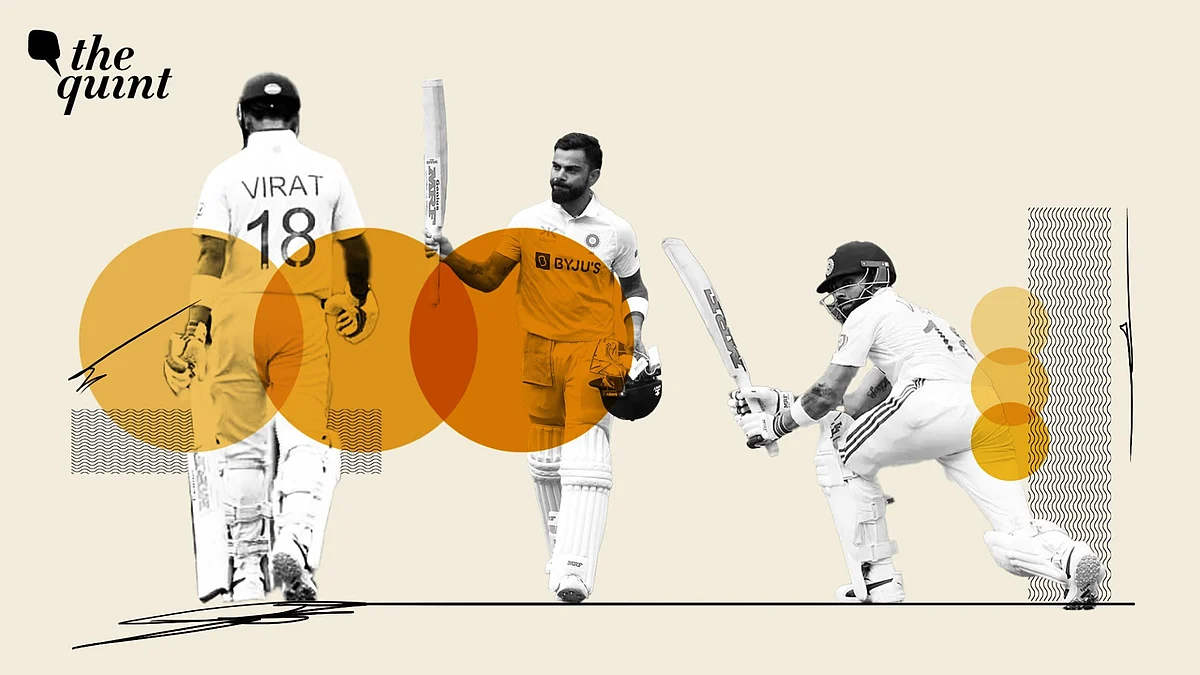End of an Era: Leaving a Massive Void, Maverick Virat Kohli Bows Out
Indian cricket faces its biggest reset yet, as Virat Kohli retires from Test cricket.

advertisement
History does repeat itself in Indian cricket, it seems.
Thirteen years later, India has lost three legends post a Test series defeat in Australia. Once again. Back in 2012-13, when India was completely wiped out by Australia 0-4, batting mainstays Rahul Dravid and VVS Laxman retired to leave a gaping hole in the line-up.
In many ways, this is going to be a bigger gap to fill for Indian cricket because in 2012-13, the likes of Sharma and Kohli were around. This time, there appears to be a yawning gap between the Test format and domestic cricket. Indian cricket will struggle to fill the gap left by Kohli, who made the number four slot his own since 2013-14.
The number four slot has had a special significance in Indian cricket for the past three decades, as it was first held by the great Sachin Tendulkar, and then after his retirement, by Virat Kohli. Together, this pair managed to hold the Indian innings together in Test cricket at that vital slot. Indian Test cricket will never be the same again, as the process to find a viable replacement for Kohli at number four will be a long-drawn one.
The Legacy of the Leader That Is Virat Kohli
Kohli leaves behind a massive legacy which will be hard to replicate. He was by far the greatest ever Test captain for India. He led India in 68 Tests and completely transformed the side in the format.
In came Kohli in dramatic style, taking over from Dhoni first as interim in 2014-15 and then on the same Australia tour as the full-time skipper. He devised a method to the madness by trying to build a credible pace attack — one he felt would yield him dividends away from home. At home, it was the old firm of Ashwin and Ravindra Jadeja which paid him dividends. But it was the strategy away from home which won him plaudits.
He based his pace attack first around his old mate Ishant Sharma. Then, as time progressed, Kohli added the likes of Mohammed Shami, Umesh Yadav and Bhuvneshwar Kumar. The big game changer, obviously, was the arrival of Jasprit Bumrah. This was an enviable pace attack, which, put together, was India’s best pace bowling group ever. The likes of Mohammed Siraj and Shardul Thakur further strengthened the pace bowling stocks.
A Flawless Partnership With Ravi Shastri
Kohli formed an enviable partnership with Ravi Shastri, the long-serving head coach. Together, the duo had the vision to make India the best travelling Test squad of all time. They achieved that goal to some extent.
India first showed signs of a fightback under Kohli in South Africa, back in early 2018, but lost the series 1-2. In England later that year, India competed gallantly but lost 1-4. But it was later in Australia in 2018-19 that India created history under Kohli as they won a Test series there for the first time ever.
Shastri returned and India kept rising to the number one spot on the ICC Test team rankings under Kohli. This was quite removed from the time India struggled under Dhoni in Tests.
Always Bold, Never Blurry
It was a two-pronged strategy: Make the home a fortress in Tests and compete hard away from home.
India succeeded largely in this strategy.
His handling of some key players, especially the likes of Cheteshwar Pujara and Ajinkya Rahane, was also met with criticism over the years. Pujara came in for some stick from Kohli in an oblique way for his approach to put technique above run-making. Rahane, Kohli’s long-term deputy, also suffered at times with his place never being quite secure.
The Turning Point
More importantly, India’s Test fortunes swirled around how Kohli performed with the bat. His transformation as a Test batter from 2015-2021 drove India in the format.
It is now hard to imagine that just a few months after that, in early 2022, Kohli stepped down as India’s Test captain. We all know what happened in the months after that England tour. Shastri moved on, and Kohli wanted a phased exit from captaincy, but the selectors and the Board had other ideas. Indian cricket surely could have managed that phase much better because Kohli had a few more years under his belt as India’s Test captain, at least.
Missed Milestones, and the End of an Era
Kohli, in recent years, has not shown the kind of appetite in Tests that we had seen from him previously. In the recent series against Australia, we saw some sparks of aggression from Kohli, but it was not the same. The struggles outside the off stump continued to plague him. He did score a hundred in the series Down Under, but then it was the same old story. It was sad to see him struggle, and it seemed that the end was nigh.
Despite that, there was this feeling that he would stay on at least to reach the 10,000 Test run mark. After all, only three Indians — Tendulkar, Dravid and Sunil Gavaskar — have reached there. Kohli is not cut from the same cloth. Kohli, at 9230 Test runs, is as much a lege
It is finally the enthusiasm and the aggression that he showed that made it impossible for him to keep performing at the same optimum level as in his heydays. It was bound to end someday, but sadly, we had hoped for a better end on a cricket field in front of all his fanatic fans.
It is truly the end of an era and one which would be written in golden letters!